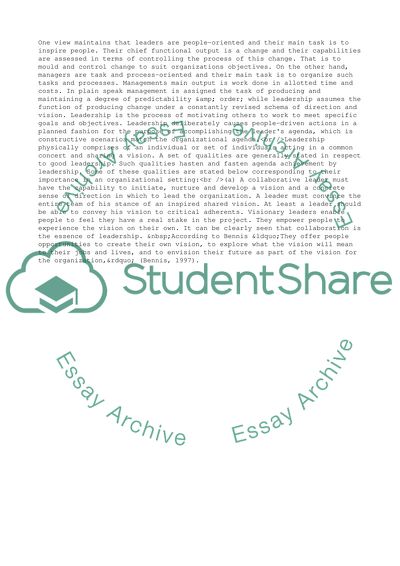Cite this document
(Collaborative Leadership Coursework Example | Topics and Well Written Essays - 1500 words, n.d.)
Collaborative Leadership Coursework Example | Topics and Well Written Essays - 1500 words. https://studentshare.org/management/1704694-collaborative-leadership
Collaborative Leadership Coursework Example | Topics and Well Written Essays - 1500 words. https://studentshare.org/management/1704694-collaborative-leadership
(Collaborative Leadership Coursework Example | Topics and Well Written Essays - 1500 Words)
Collaborative Leadership Coursework Example | Topics and Well Written Essays - 1500 Words. https://studentshare.org/management/1704694-collaborative-leadership.
Collaborative Leadership Coursework Example | Topics and Well Written Essays - 1500 Words. https://studentshare.org/management/1704694-collaborative-leadership.
“Collaborative Leadership Coursework Example | Topics and Well Written Essays - 1500 Words”. https://studentshare.org/management/1704694-collaborative-leadership.


